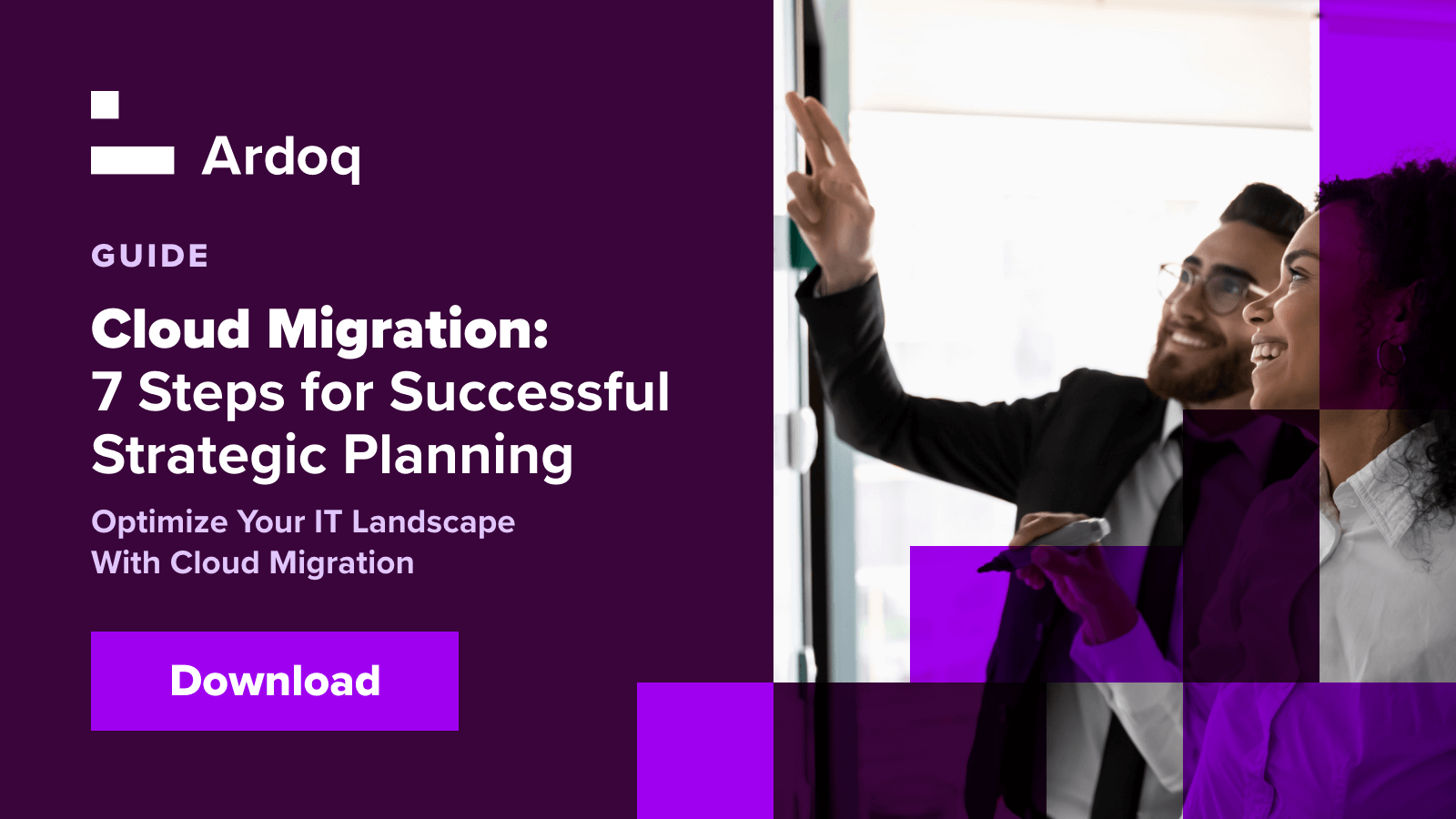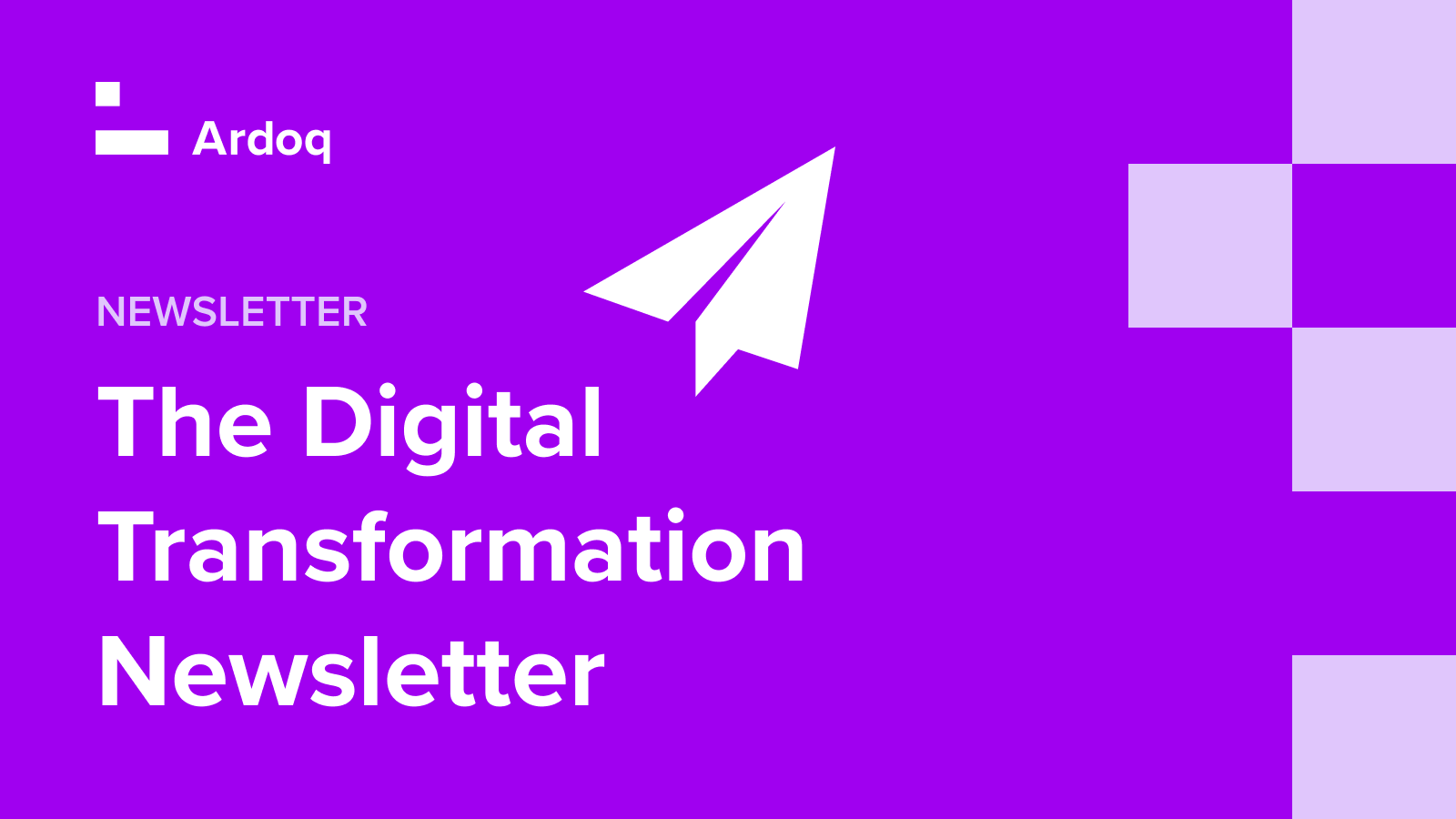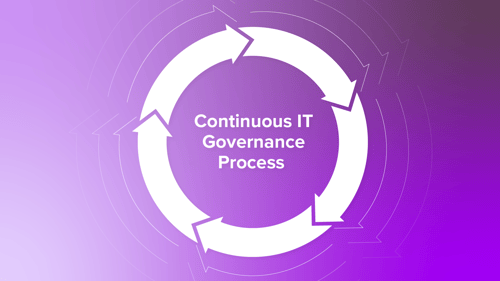Digital transformation is hard. Change is challenging enough on an individual level, let alone getting a whole enterprise on board for a radical technological shift or overhaul. Ardoq’s Amplify webinar series aims to become a platform for sharing the valuable lessons that come from planning, executing, and reflecting on change in different organizations. We invite industry thought leaders to speak on trending topics and share their insights on driving change and effective digital enterprise management. Spanning many industries, these sessions are packed with hard-won learnings from past projects to help inform and inspire others embarking on transformation initiatives.
Overview of the Amplify Webinar Series on Digital Enterprise Management
We kicked off the first webinar of the series with a topic that continues to weigh heavily on the minds of many business leaders: how to prepare for an impending recession.
Recession or Not; Now’s the Time to Optimize Your Business
The first episode featured Gordon Cooper, Ardoq’s Director of Customer Solutions, Paul Preiss, CEO and Chairman of IASA, and Viktor Kogan, Director of Business Architecture at OMERS. They spoke about the main trends they were seeing in business optimization, the difference between efficacy and efficiency, what’s causing “organizational drag”, and new, digital-driven approaches to optimization.
Moving Beyond Cost-Cutting to Business Optimization
The business goal should be more than just surviving but thriving. To thrive, an organization needs to know how and where to optimize. Business optimization, defined as identifying and implementing new methods to make the business more cost-effective, is about being proactive and not reactive. It helps organizations better prepare for positive change rather than scrambling to respond with swift budget cuts in an economic crisis.
Where is Organizational Drag Coming From?
“The average company loses more than 20% of its productive capacity — more than a day each week — to what we call “organizational drag,” the structures and processes that consume valuable time and prevent people from getting things done.”
- Harvard Business Review
A significant part of the problem lies in the shift of technology ownership. It used to be that business units would look to their technology teams to deliver the technology they needed. Today, business units are now the ones driving technology adoption, and their teams are equipped with all the skills for technological enablement. Unfortunately, governance systems were designed and built for the old way of working. The drag is caused by misaligned governance structures, creating a struggle for many organizations today.
Key Trends: Emerging Technology and Shifts in Governance Functions
Some enterprises realize that their approach to governance needs to be redesigned entirely to suit the modern way of working with agile teams and the democratization of decision-making when it comes to technology. Accordingly, the roles of EA and Enterprise Architects are also evolving, from governing to providing guard rails. EAs are shifting to becoming decision-making enablers who provide leaders with relevant, up-to-date data to make effective decisions. There is greater awareness that prescriptive rules are no longer needed or effective. Instead, teams in the organization need to be permitted greater flexibility while maintaining awareness of larger concerns such as security.
EAs can aid the adoption of emerging tech by providing strategic insights into where these may fit the business’ core capabilities or value streams. Enterprise Architecture has the power to enable true enterprise-level agility by maintaining the critical “nervous system” of the organization. Finally, insights from EA can also help guide investment strategies and innovation.
To learn more about how companies can optimize, watch the full session on-demand now: Recession or Not; Now’s the Time to Optimize Your Business
Data-Driven Strategy to Execution: From Nearly Aligned to Really Aligned
For the second episode of the Amplify Webinar Series, Jan-Joost van Walsum, Lead Enterprise Architect at UMCG, joined Ardoq’s Product Strategist, Ed Granger, and Chief Enterprise Architect, Jason Baragry. They discussed the challenges of aligning execution to organizational strategy and the immense value Enterprise Architecture has to offer in aiding alignment.
What’s Causing Misalignment Between Strategy to Execution?
Every company has a strategy, and in theory, all initiatives should deliver on that strategy. However, the reality is that people have their own perspectives and objectives and external factors can radically affect a business’ outcomes or goals. One of the key reasons aligning strategy to execution is so difficult is that people tend to underestimate the logistics of implementing strategy and investing in getting alignment through different teams, departments, and value streams.
Another issue is that different teams set objectives in parallel but are not necessarily aligned with each other. This alignment issue also extends between the execution layer and higher management who set the organizational strategy. Resources are always finite so it becomes even more challenging to understand where they ought to be allocated.
How Enterprise Architects Can Enable Better Digital Enterprise Management
Enterprise Architects are adept at connecting things, across departments and silos in the organization. However, they need to be able to move from a pure focus on technology to also articulate strategy in business terms. They should use language that business stakeholders can understand, and tell outcome-focused stories around strategy. Mature EA teams that successfully bridge this communication chasm can become partners to business units in formulating strategy and prioritization.
Business Capability Modeling is one approach to establishing a common, less technical language with other stakeholders in the organization. EAs should work with these stakeholders to co-develop the capability model, which will help everyone understand what teams are working on and how they are aligned to outcomes. Most critically, this bridging language enables the enterprise to see the impact of priority changes and where the choke points are in realizing strategy.
To learn more about the benefits of capability modeling and how to measure them, watch the full session on-demand now: Data-Driven Strategy to Execution: From Nearly Aligned to Really Aligned
Cloud Migration: Strategies That Work
For the third installation of the Amplify Webinar Series, Laurie Kelly, former VP of Marketing at Ardoq, interviewed Hari Hara Kumar, Principal Global Technology Strategist at Slalom, and Sean Gibson, Digital Change Senior Consultant at Ardoq. They focused on the best practices for cloud-native modernization and common pitfalls in migration planning.

Where Does Cloud Migration Often Fail?
The fatal flaw that many organizations make is in assuming that cloud migration is a magic pill for cost reduction. Lifting and shifting applications wholesale to the cloud will not save enterprises money. Instead, the process may end up costing significantly more when considering the time and resources invested in shifting systems, retraining staff, and associated technical overhauls to support new processes. It is important for organizations to get data on which of their operations and inefficiencies would benefit most from moving to the cloud.
Look to Modernize Approach, Not Just Applications
The problem with processes often lies in their reliance on manual work, which a change in application will not necessarily solve. It’s important to look at how an application fits into the bigger flow of value in the organization and how work involving it could be improved holistically. Enterprises also need to see how applications are delivered, developed, and supported to understand what can be gained strategically by moving some applications to the cloud.
The Formula for a Successful Migration
An organization should begin with getting an understanding of what it is able to do (through Business Capability Modeling for example). Developing a thorough inventory of applications to understand which applications are facilitating or realizing different parts of key processes or capabilities should come next. A methodology for assessing these applications to see which would be prime candidates for migration should then follow. The methodology should account for different aspects of an application such as how well it fits technically with the rest of the organization’s infrastructure, how difficult it is to maintain or operate, how many people are using it, and what business value it brings to the organization. The cost and complexity of the application should also be included in this assessment. Only with this complete understanding can an enterprise be equipped to plan an impactful and effective cloud migration.
For more valuable learnings on articulating the success of cloud migration, current trends in application modernization, and advice for developing a business case, watch the full session on-demand now: Cloud Migration: Strategies That Work
Digital Enterprise Management: An Ongoing Journey of Evolution and Innovation
The response to our Amplify Webinar Series has been fantastic. Amazing insights, engagement, and inspiring sharing. We hope the takeaways from these sessions will help enhance and energize your digital enterprise management initiatives.
For more regular inspiration on all things EA, do sign up for our newsletter and be the first to hear about our upcoming events, online and offline.







/Logos/Ardoq/RGB_Ardoq_Logo_Stacked_White_Monochrome%201.png?width=80&height=77&name=RGB_Ardoq_Logo_Stacked_White_Monochrome%201.png)

